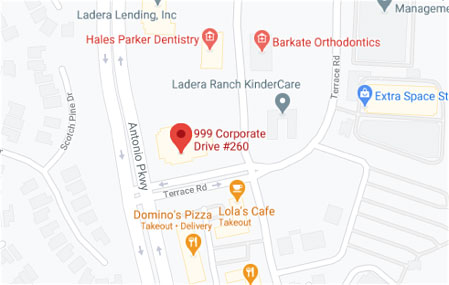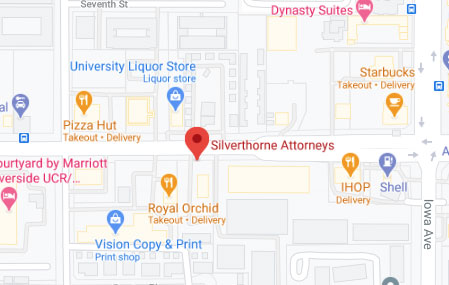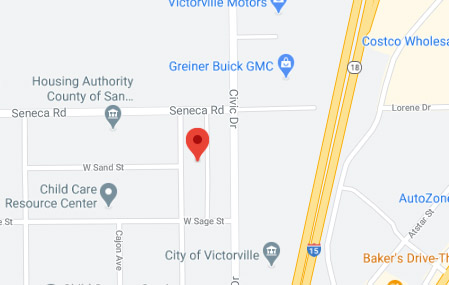
Periodically checking the oil in your car will ensure that your engine will continue to run well. Motor oil is the lubricant between the moving parts of the engine. Today, I am going to go over some important reasons for changing your oil. as well as ways to check and change your oil on your own. Making sure that you keep up with servicing your car will help prevent accidents as well as any unnecessary car troubles. If you have been injured due to an accident, contact an accident lawyer at Silverthorne Attorneys. Consultations with a car accident attorney in our office are free!
Accident Lawyer | Reasons to Change Your Oil
Research shows that nearly 22% of vehicles have low or dirty engine oil. Which means that people are not being proactive about changing their oil. in changing your oil and filter, it will help the engine continue to work at its best and prevent expensive repairs down the line. Below are some reasons why changing your oil is important. as well as some tips on how to check your own oil.
Maintains Engine Lubrication
All of the moving parts under the hood of your car not only operate at high speeds. They also create a great deal of heat. That means, that the engine will wear down quickly without the proper oil lubrication. the oil in your car helps keep all of the moving parts, well, moving. Refer to your owner’s manual to see what specific weight and grade of oil your car requires. Ensure that it is kept at the recommended fill volume.
Cools Engine Components
When the moving parts of your car lack the proper lubrication, it causes friction. Which will then create heat. Maintaining clean and sufficient amounts of oil is the perfect solution in preventing over-heating of the engine. You always want to make sure that the moving parts of your vehicle are not causing too much heat and friction.
Removes Engine Sludge
Dirt particles and sludge are deadly to a car engine. Over time, dirt causes corrosion and can greatly decrease the life of your cars engine. Furthermore, as time goes by the oil breaks down and turns to sludge. Which can also impact the way your engine runs. the best thing to do to keep your car in good shape is to keep your engine clean. Routine oil and filter changes help remove particles and sludge and will keep your engine in peak condition.
Improves Gas Mileage
A poorly lubricated engine can lead to an increase in fuel consumption. Therefore, make sure there is enough clean oil in your engine. According to a study by the U.S. Department of Energy, routine maintenance and the right kind of oil can improve gas mileage by 1-2% overtime. Though that may not seem like a lot, it can actually lead to a savings of a gallon of gas for a year. and for someone who commutes, anything I can save is welcome.
Promotes Car Longevity
Let’s be honest. Routine maintenance makes your vehicle last longer. Buildup from dirty oil will rob your car’s fuel economy and power. It will also make the internal components work harder than necessary. an engine that works too hard will have more problems down the line. Meaning that there will be a decrease in life span. According to car sales, the value of a car increases at resale time if regular maintenance has been done.
Doing your own oil changes or checking your own oil can be a hassle. However, it is necessary. Below are some tips on how to check and change your oil yourself.
How to Check Your Oil
Learning how to check your oil is important to keeping your engine healthy. Below are some tips on how to check your cars oil on your own.
Check the Engine
Make sure your engine isn’t too hot. Wait 10 minutes or more after turning your car off. This is because your engine gets hot and you do not want to handle hot engine parts – you have the potential of getting really hurt. a cool engine will ensure that the oil has enough time to settle at the bottom of the pan. This way, you can get a more accurate reading of how much oil is in the car.
Open the Hood
Most cars have an interior hood-popping lever that is just to the left of the steering wheel. Pull the lever and unlatch the hood to prop it open. Make sure that your car is on a flat surface or the dipstick will not give an accurate reading.
Check the Dipstick
Pull out the dipstick and wipe it with a clean rag. the dipstick is connected to your oil tank and is used to determine how much oil is still in the tank. When the car is moving, the oil splashes around and covers the stick. to get a true reading, you need to start with a clean stick.
- Most dipsticks are located near the front of the engine. Check your owner’s manual if you need to. When you find it, give it a tug – it should pull out smoothly;
- Make sure you are not pulling out the transmission fluid dipstick. I usually take my car to the mechanic to have them check, just in case
Reinsert the dipstick all the way back into the pipe connected to the oil tank. Push it all the way down until it is completely reinserted. This time, you will want to remove the dipstick a second time. This will help to gauge the true oil level. Look at the end of the dipstick to see where the oil’s film ends. the end of the stick will have the word, “ADD” toward the end and “FULL” toward the middle.
- If the oil oil reaches at or below the ADD line, you need to add more oil;
- If the film is close to the FULL line, you will not need to add oil just yet
Does the Oil Need To Be Changed?
When you are checking the quantity of your oil, you also want to make sure that the quality of the oil is good as well. the oil should look clean and smooth. If it looks to contain debris or is cloudy, it needs to be changed immediately.
How to Add Your Own Oil
Changing your own oil can save you anywhere from $25-75 dollars, as long as you do it right. Even if you don’t know much about cars, you can still change your oil on your own. Make sure you have the right oil and tools before you start.
- Unscrew the oil cap in your engine located a few inches away from the dipstick. You aren’t going to pour oil down the same pipe where the dipstick is located;
- Pour in the oil. If your oil was very low, pour in an entire quart. You can use a funnel if it is helpful (it usually is);
- Check your oil dipstick again. After adding more oil, pull out the dipstick, wipe it with a rag, reinsert it, and then check the oil level to make sure you now have enough oil. It should now come to the FULL line
Car Accident Attorney | Contact Us Today!
I know that going under the hood of your car can be a little scary the first time. However, changing, checking, and adding oil to your engine are quite simple. Keeping your car in tip-top shape will help prevent stalls and even accidents.
If you are suffering from injuries due to an accident, contact us to discuss your case. Consultations with an accident lawyer in our office are free!












